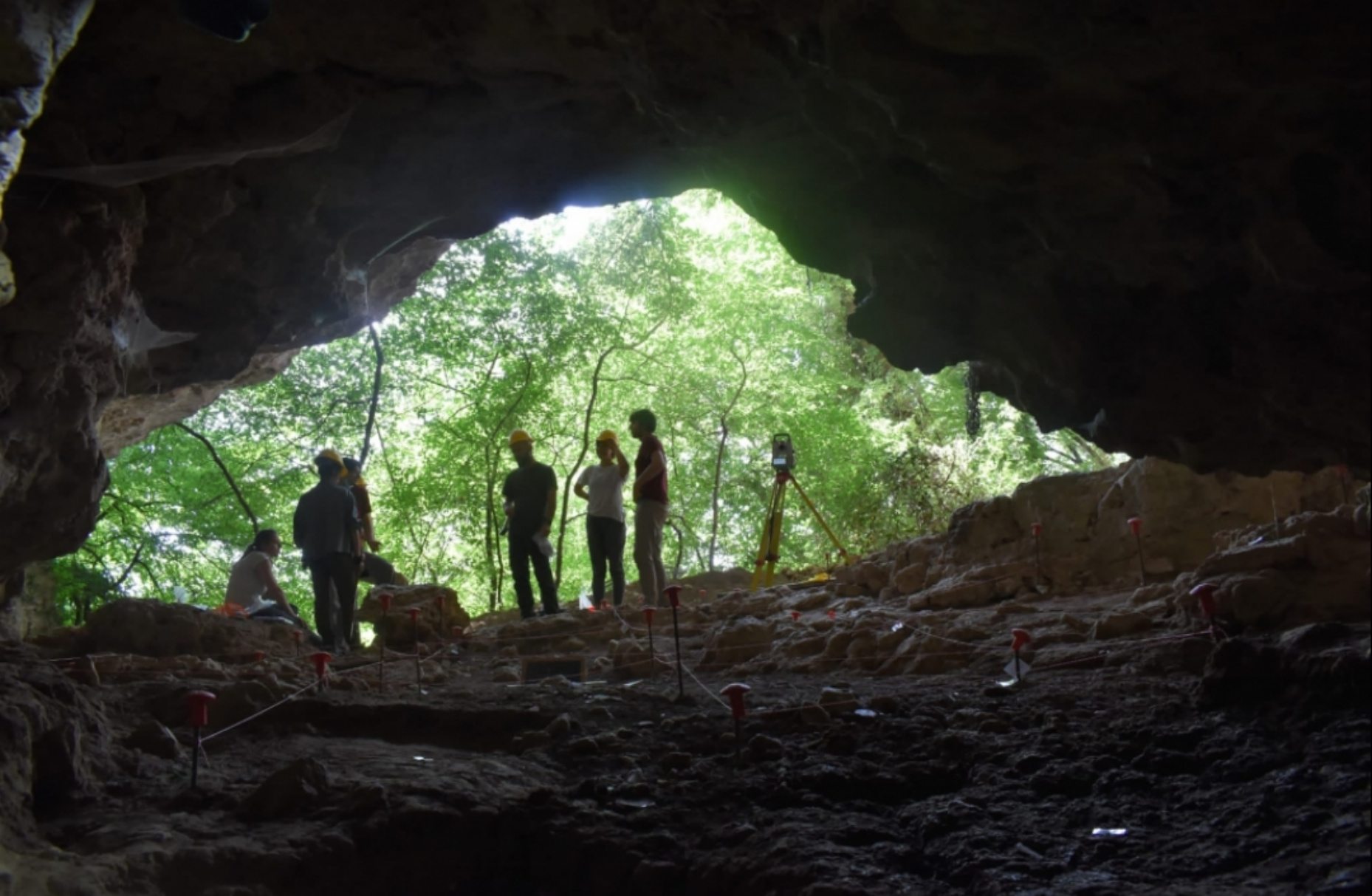While excavating in a cave in Poggio Nativo, Lazio, Italy, scientists discovered a peculiar ancient relic. The item is described as a scarce, 7,000-year-old clay figurine made in the likeness of an anonymous person. Who could this ancient figurine represent? Could it be a forgotten ancient goddess or a mere trinket, maybe a cherished doll belonging to a child? “A woman, a deity, a doll?” a statement from Sapienza University of Rome pondered. “Who does the clay figurine… represent?”

Since 2021, researchers have been exploring the Battifratta cave and have discovered this clay figurine that is one-of-a-kind. It is rare to find these types of artifacts from the Neolithic period when the first farming communities inhabited the peninsula. Objects of this type are scarce in Italy and almost absent in the Tyrrhenian regions.
The Battifratta cave in Poggio Nativo, located near a seasonal spring, has been of great interest to archaeologists due to the fact that it was used for shelter and water by ancient people. It is now hypothesized that the cave may have held some sort of ritualistic significance in the past. Excavations conducted in the Battifratta cave have unearthed a variety of artifacts and a human skeleton, indicating the cave was used for interment and ritual purposes.
Experts are conducting an in-depth inspection of the antique item to uncover the technique used to make it and if it displays iconographic styles that can be attributed to a precise cultural background.

In a press release from the Sapienza University of Rome, it was noted that the clay figurine, despite its simplicity, had its facial features schematically outlined. Furthermore, the person who made the artifact seemed to have placed emphasis on the figure’s hairstyle and body decorations.
Cecilia Conati, a professor of Classics at Sapienza University, noted in the statement that “the presence of pottery, lithic industry, faunal and botanical artifacts on several stratified levels reveals the use of the spring and the cave not only for water supply but also for burial and ritual purposes, as evidenced by the human skeletal remains found and the clay figurine.”
Though its true purpose is unknown, researchers are eager to learn more about the cave and its role in ancient societies. As the statement from the Sapienza University of Rome noted, the female figurine is one piece in a much larger puzzle. They declared: “This valuable find will add much new information about what is turning out to be a key site in the prehistory of Lazio and central Italy.”



